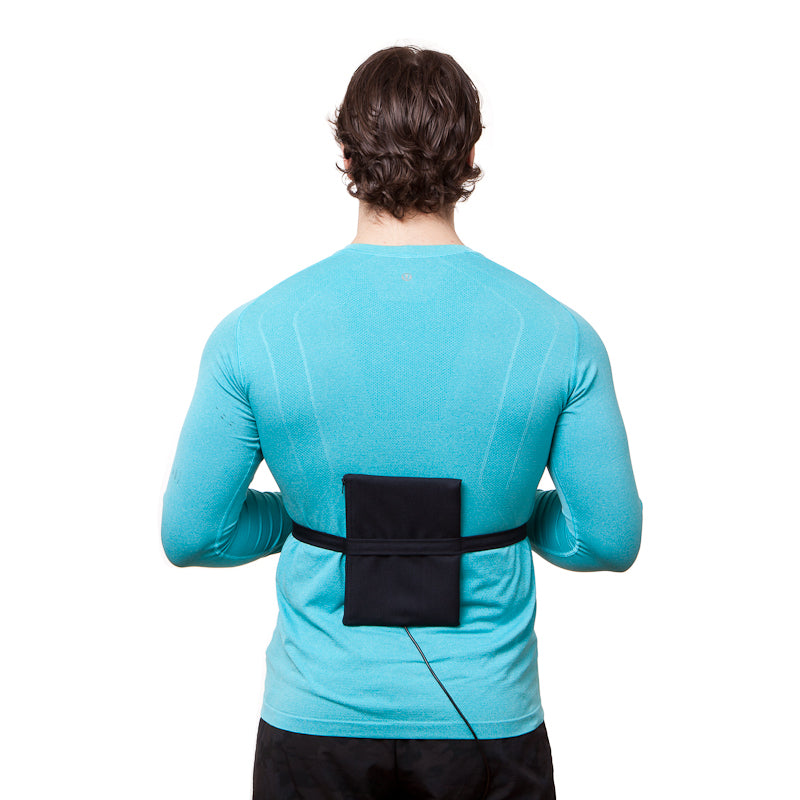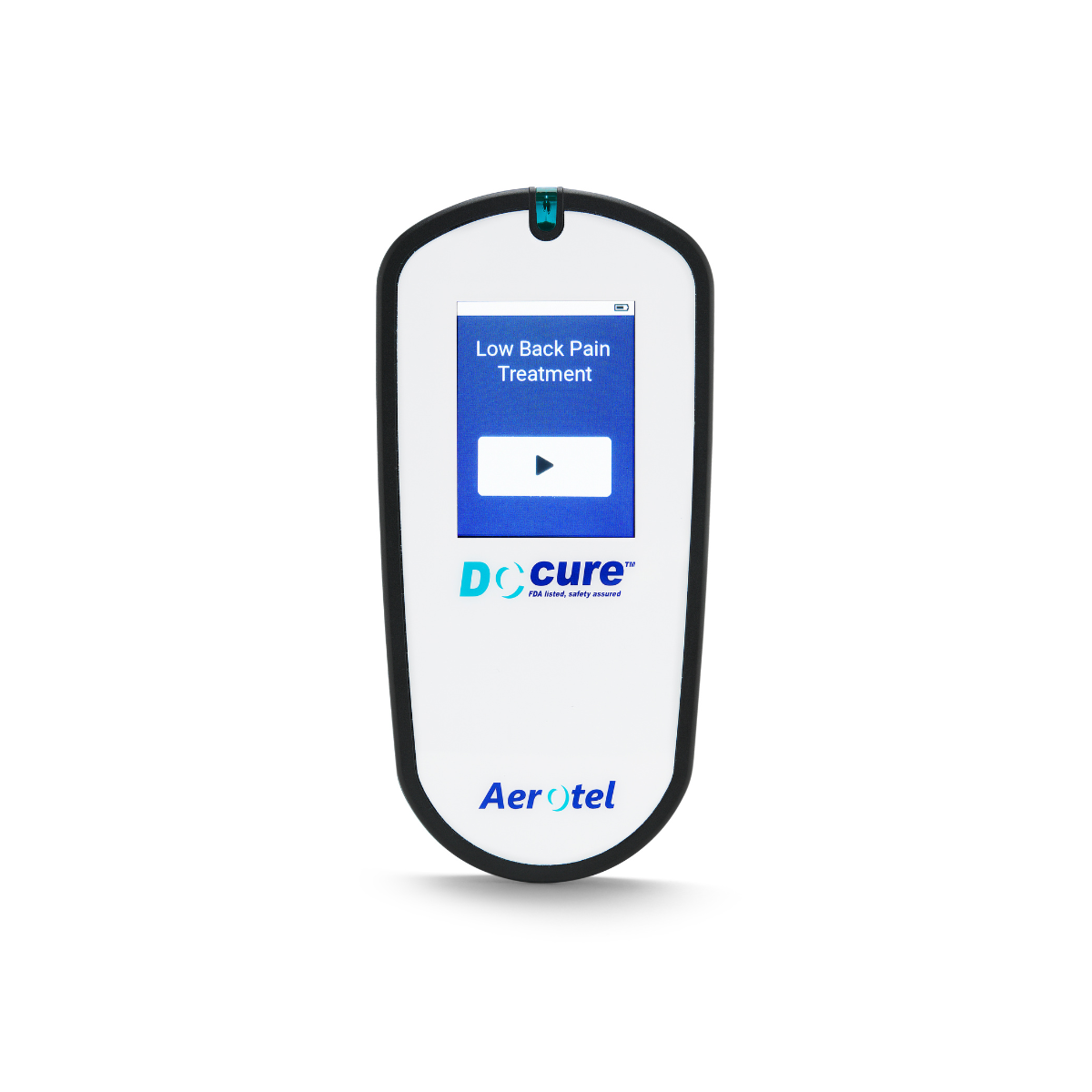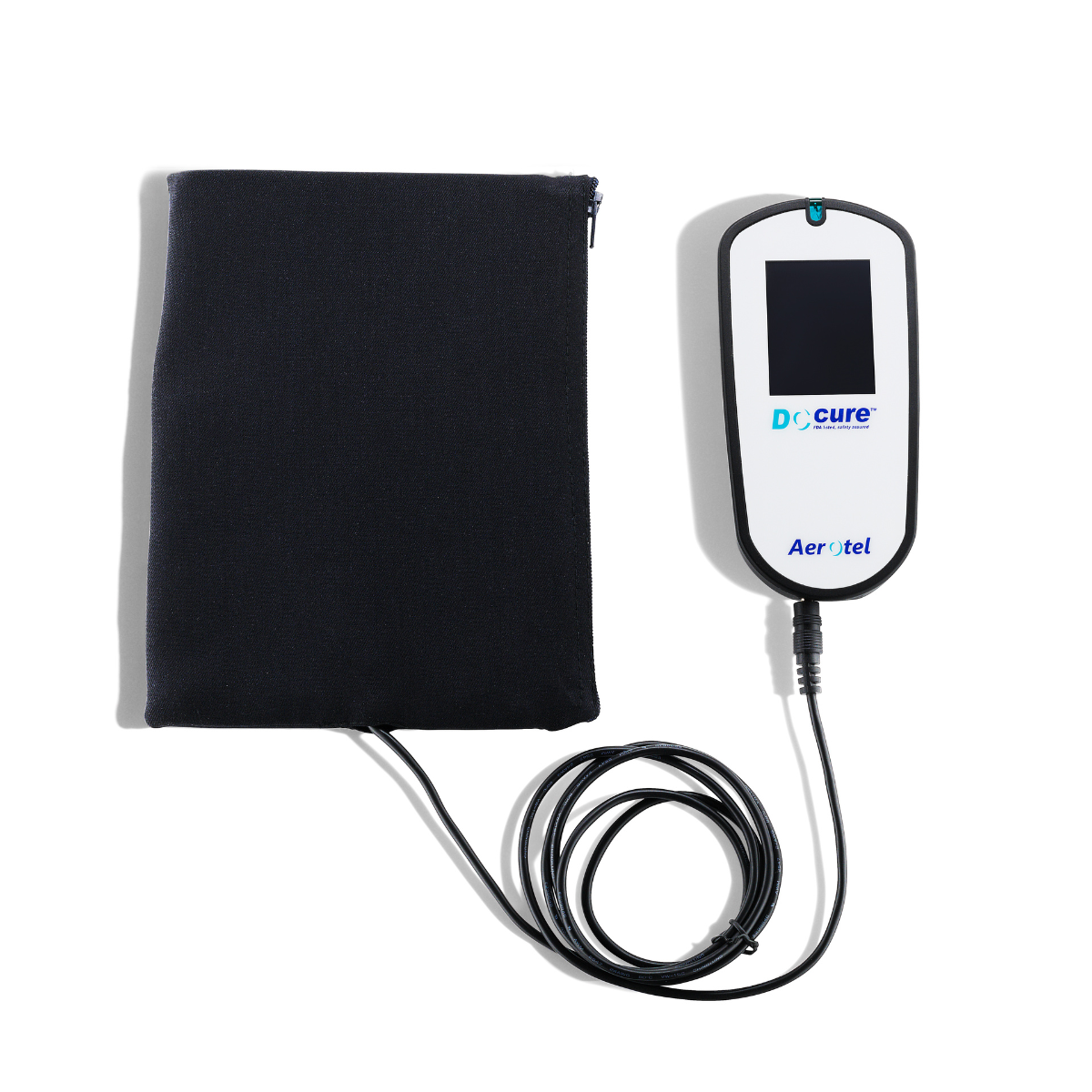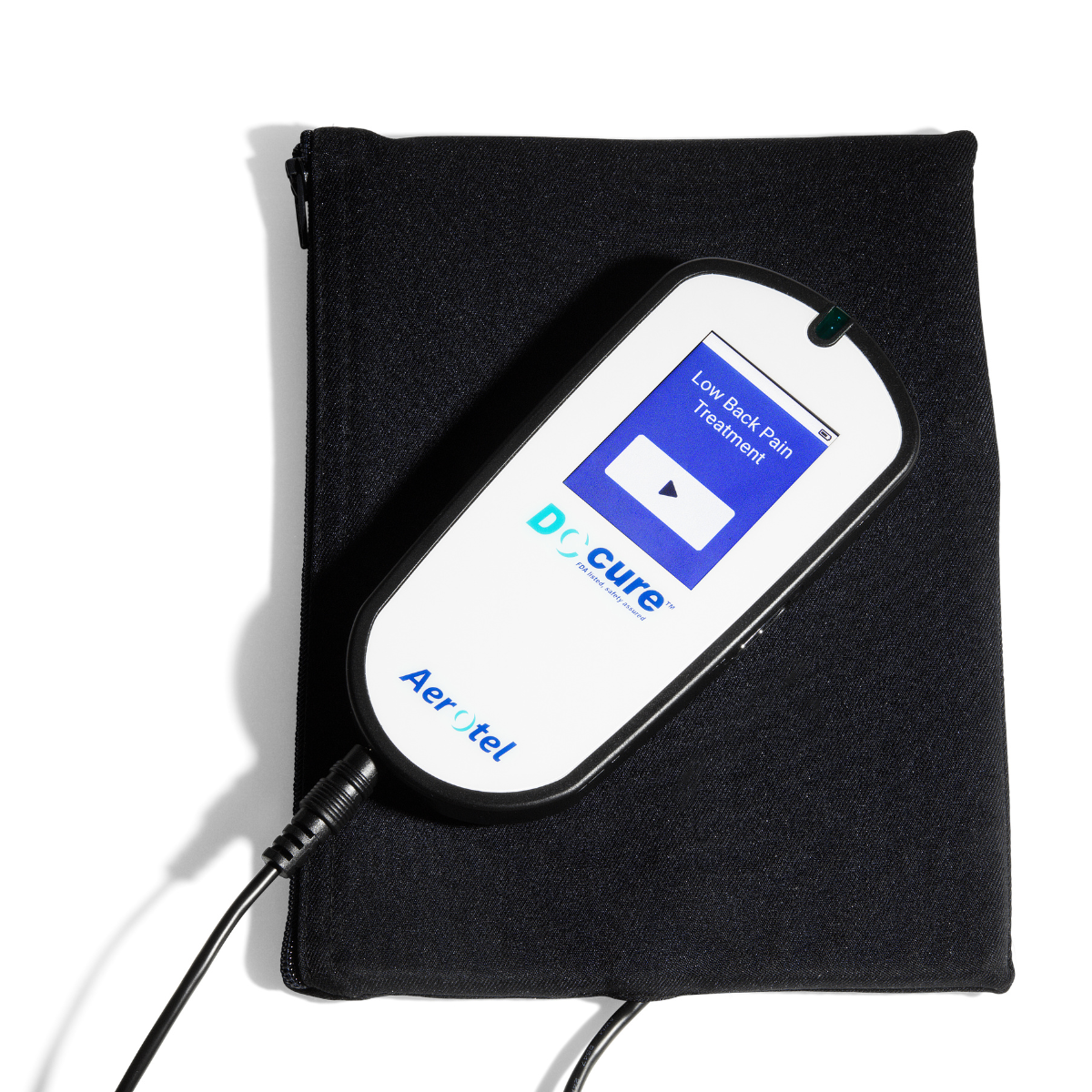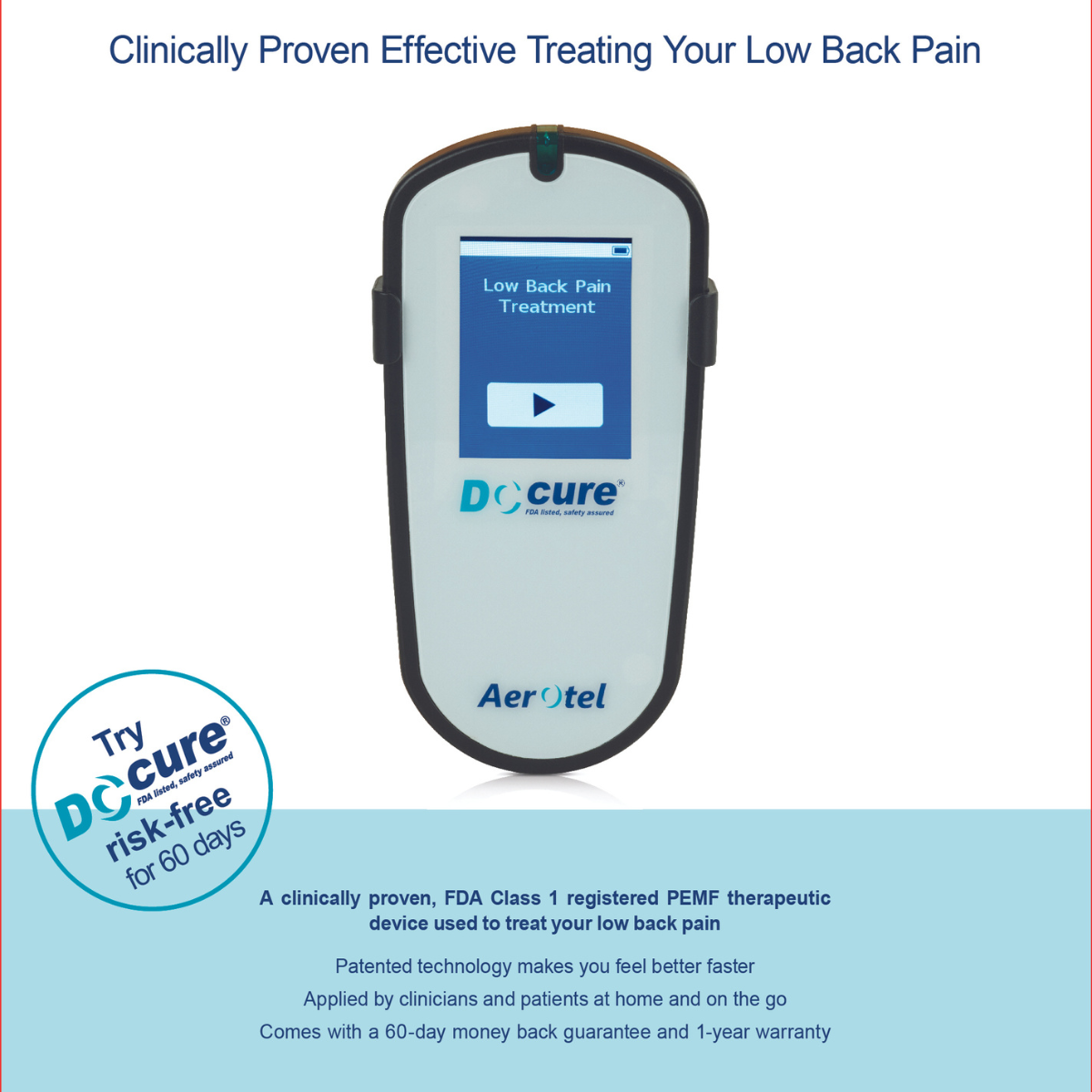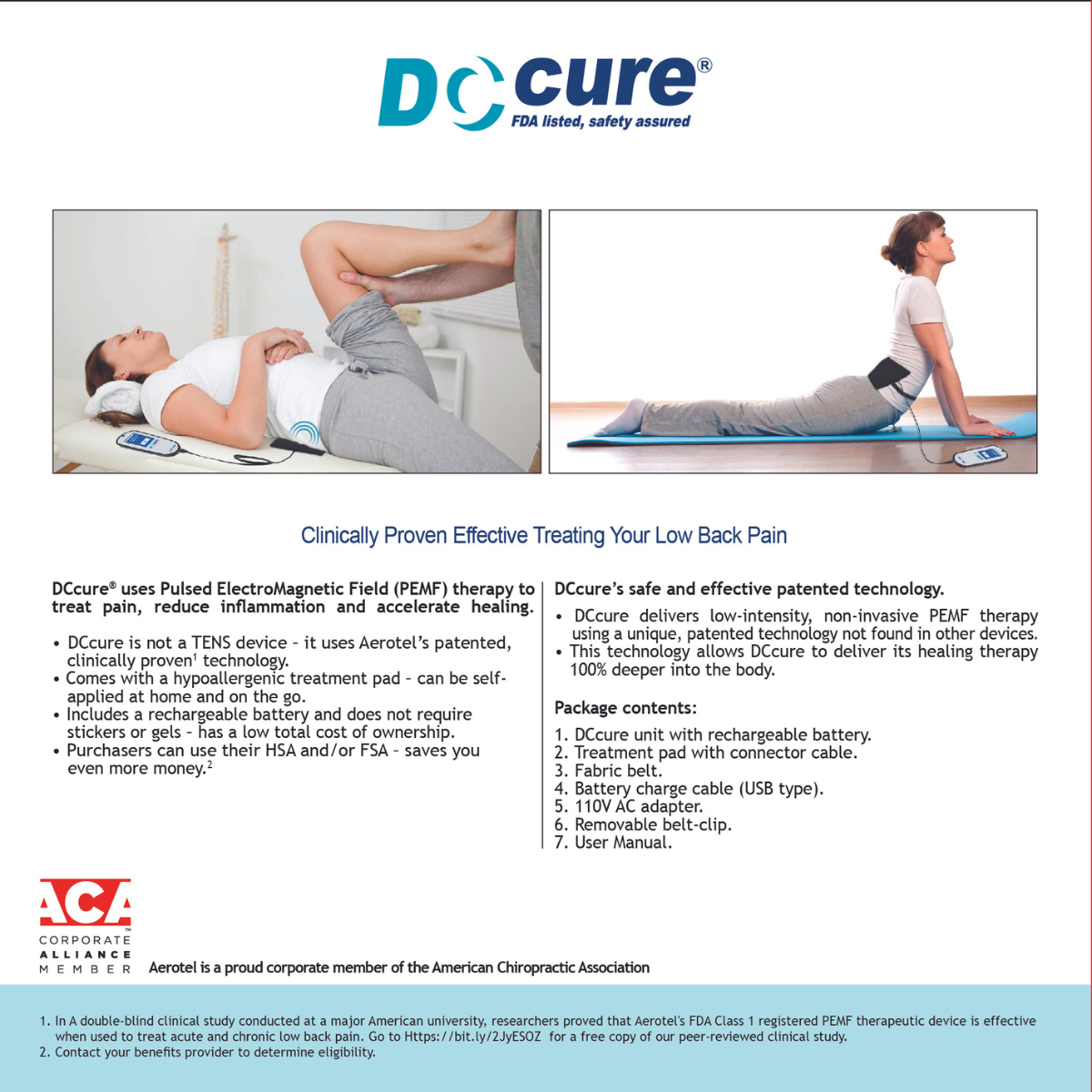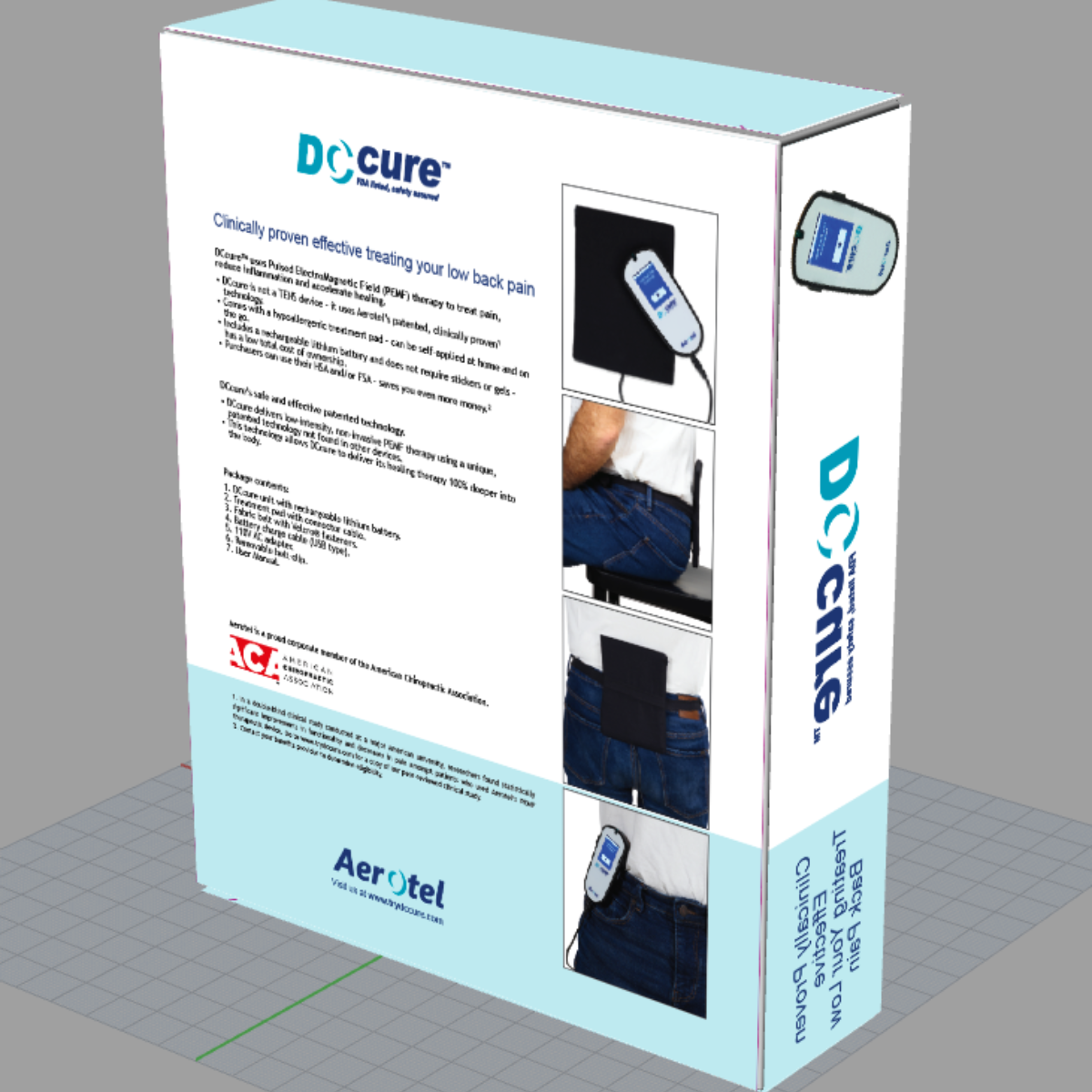If back pain persists for three months or more, it is deemed chronic. It can come and go, frequently providing brief solace before frustrating you. It can be particularly difficult to manage chronic back pain if you are unaware of the underlying cause. Specialists in back pain rehabilitation provides information on typical causes of persistent back pain as well as surgical and nonsurgical treatment alternatives.
Typical Reasons for Prolonged Back Pain :
In addition to being age-related, chronic back pain can also be caused by a history of injuries. The most typical reasons consist of:
- Spinal stenosis, a narrowing of the spinal canal that may cause nerve discomfort.
- Arthritis of the spine, a progressive thinning of the cartilage inside the spine.
- Disk issues, like a bulging or ruptured disk.
- Myofascial pain syndrome: inexplicable soreness and pain in the muscles.
Sometimes it's hard to figure out what's causing persistent back discomfort. It's critical to make hasty decisions or endure lengthy medical procedures in order to identify the source of the pain. Your best option might be to work with your doctor to reduce flare-ups and manage the pain with nonsurgical treatments if the source of the pain is unknown or cannot be cured.
Treatments for Chronic Back Pain Without Surgery
1. Physical Rehabilitation
The cornerstone of treating persistent back pain is exercise. A spine physical therapist and your doctor should advise you to try this as one of your initial treatments. However not everyone benefits from the same set of workouts. The exercises must be customized to your unique condition and symptoms. Successful fitness regimen maintenance at home is also crucial.
Physical treatment for persistent back pain may consist of the following:
- Posture correction
- Assessing your threshold for pain
- Flexibility and stretching exercises
- Aerobic activities
- Core strengthening
2. Meditation and Mindfulness
Chronic back pain is physically and mentally taxing. You might be referred to a rehabilitation psychologist in order to manage the psychological effects of managing chronic pain, such as depression, irritability, and frustration. To help you stop thinking about your pain, this specialist might suggest cognitive and relaxation techniques like yoga, tai chi, meditation, and others.
3. Nutrition
Certain diets, particularly those heavy in processed foods, trans fats, and refined
sugars, are incredibly inflammatory. See your doctor to find out how you can modify your diet and whether it's a factor in your persistent back pain. By relieving the strain on your spine, maintaining a healthy weight may also help reduce back pain.
4. Lifestyle Adjustments
It's critical to recognize and accommodate your limitations when dealing with chronic
pain. Doctors often advises, "Learn to pace yourself and listen to your body." When mowing the lawn, take a break; when carrying groceries, make multiple trips.
Make a note of the things you do that make your pain worse and try to avoid them. This may not only alleviate your back pain, but it may also stop the underlying issue from getting worse. Giving up smoking is an important lifestyle change. Science has shown that nicotine exacerbates pain and slows the healing process.
5. Treatments Based on Injections
For chronic back pain, there are invasive options such as nerve blocks, epidural steroid injections, nerve ablations, and more. They are employed when the cause of the pain is identified, and if a treatment doesn't work, they occasionally assist in ruling out specific causes. While injections can temporarily stop or reduce pain, they shouldn't be used as a stand-alone treatment and aren't meant to be permanent fixes.
6. Alternative Course of Care
For chronic back pain, nonsurgical spine treatments such as PEMF (PEMF for back
pain),electromagnetic therapy for back pain, laser therapy, biofeedback therapy, massage, and acupuncture can also be beneficial. Consult your spine specialist about potential benefits of alternative treatments.
Most doctors now suggests against using opioid medications as the primary, exclusive, or long-term treatment for chronic back pain as they do not treat the root cause of your pain and are addictive. Only after a comprehensive examination by a specialist and when no other medication has worked should an opioid prescription be written.
